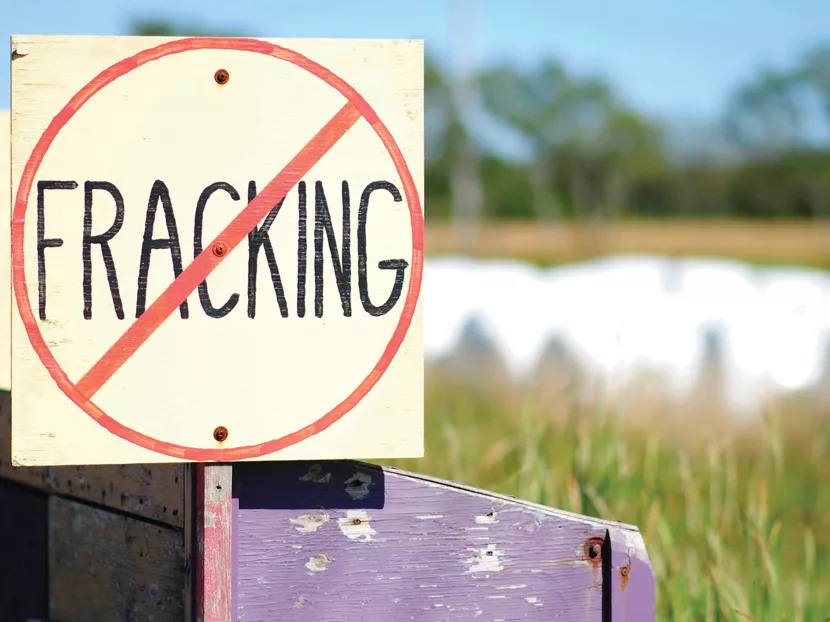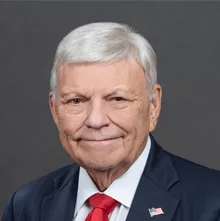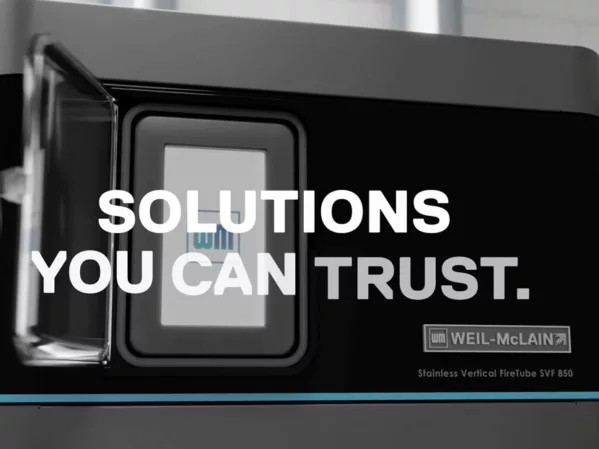We have come to the end of a year that has been very turbulent and disturbingly disruptive for the PVF industry. As of this writing, the outcome of the presidential election awaits the results of lawsuits filed in several states, and some Senate and House races are still undecided. This casts considerable uncertainties for the health of the PVF industry as we move into 2021.
The shutdowns due to the coronavirus that causes COVID-19 have negatively impacted the demand for oil and gas, resulting in lower prices, refinery closures, reduction in drilling and fracking, supply surpluses, and severe loss of energy-generated jobs.
The possibility of a Biden presidency poses additional concerns for the health of the industry. Anticipated tougher federal regulations for the oil and gas industry and possible outright barriers to much activity on federal lands do not bode well for our sector of the economy.
A big question is how far and how fast the Biden administration will go, or legally can go, toward fulfilling campaign promises to halt new oil and gas leasing and hydraulic fracturing on federal lands, onshore and offshore.
Dramatic legislation to address climate change or amend the Clean Water Act is not expected now that Republicans appear likely to control the Senate; however, final totals for the Senate seats await the two Georgia seats locked in runoff elections scheduled for Jan. 5, 2021. Stricter controls on methane, a greenhouse gas, are anticipated regardless of the outcome through revisions to air regulations.
Former Vice President Joe Biden promised a leasing ban. Existing leases are protected by law, so it would be a ban on new leases. “If there is a leasing or permitting ban, you are going to see litigation,” per Dan Natalie, senior vice president of government relations and political affairs at the Independent Petroleum Association of America. He also stated that the legal prospects are uncertain but that even a temporary halt would hurt.
Federal land is especially important for oil and gas production in New Mexico, Wyoming, Utah, Montana and North Dakota.
“The oil and gas industry is the greatest economic contributor to the state of New Mexico, supporting more than 134,000 jobs and $16.6 billion in annual economic activity,” per the New Mexico Oil and Gas Association. “Taxes and royalties from the industry account for 39 percent of the state of New Mexico’s annual budget, including over $14 billion for public schools.”
Existing leases would continue to produce oil and gas if new leases were blocked; however, the fields would be drained down and their output would decline with depletion.
In the short term, say the next four years, the construction of solar and wind farms cannot occur fast enough to undercut the need for natural gas.
According to a study by the Texas Pipeline Association, ongoing operations and construction in Texas’ oil and gas industry provided the state with more than $48.6 billion in economic impact and supported more than 238,000 directly related jobs. The TPA points out in the study that it projects the industry will provide more than 492,000 of the state’s jobs over the next four decades.
“The activities of the Texas pipeline industry, which include the transportation of hydrocarbons from sources of exploration and production to refineries and end-users, are one vital component of the substantial job creation, investment and overall economic growth of the state’s economy,” says Bradley Ewing, McLaughlin Endowed Chair of Free Enterprise and energy commerce professor in Texas Tech’s Rawls College of Business. “Provided that the pipeline industry maintains effective transportation capabilities, it will continue to generate economic benefits that will likely impact Texas for years to come.”
Projects Move Forward
Regardless of the political outcome, the need for oil and gas will not go away. Planes, trains, automobiles, heating, petrochemicals, pharmaceuticals, and electric power generation will continue to demand oil and gas for the foreseeable future.
Even in this hostile environment, Phillips 66 is moving forward with projects that include the upgrading of a 26,000 BBL/d fluid catalytic cracking refinery in Ponca City, Okla., to improve yields of gasoline, propylene, butyl energy and isobutene. The project is scheduled for early in 2021’s first quarter.
Phillips also is making a move to cultivate a greener footprint by reconfiguring its San Francisco Refinery in Rodeo, Calif., into the world’s largest renewable fuels facility to meet the growing demand for renewable energy.
The project is scheduled to start up early in first-quarter 2021, with completion estimated in 2024.
Air Products ended its fourth-quarter results down 5 percent year-over-year at $495 million; sales were $2.3 billion, up 2 percent, and leadership is looking at a post-pandemic increase in demand.
The company is pursuing its largest investment in the United States, estimated at $500 million, for a steam methane reformer in Texas City, Texas. It will produce hydrogen for Gulf Coast Ammonia LLC’s world-scale anhydrous ammonia plant also planned for Texas City. The facility will include an air separation unit to supply nitrogen to GCA.
Construction Starts to Climb in 2021
U.S. total construction starts will slowly climb in 2021 after a sharp drop in 2020, according to the Dodge Reports. After dropping 14 percent in 2020 due to the COVID-19 pandemic, total construction starts are expected to increase by 4 percent in 2021, notes Richard Branch, chief economist at Dodge Data & Analytics, during the 2021 Dodge Construction Outlook on Nov. 10.
The decline in 2020 will bring starts to $738 billion, with the company expecting that number to grow to $771 billion in 2021. His prediction is predicated on the premises that the COVID-19 vaccine will be widely adopted by mid-year and additional government stimulus will be available.
The total value of new commercial starts dropped 23 percent in 2020 and is expected to gain 5 percent in 2021.
Institutional construction dropped 18 percent in 2020, with education down 10 percent and healthcare down 9 percent. Branch forecasts an overall 1 percent increase during 2021 but notes federal aid is needed before this sector sees much growth. Public works construction growth also will be limited by uncertainty over federal appropriations in 2021 and expected to remain flat.
PVF Roundtable News
The PVR Roundtable’s Christmas Party with the theme of “Stock the Pantry” was held on Dec. 8 at the Bell Tower on 34th in Houston. COVID-19 guidelines prohibit physical donations of items. Donations were received via credit card or check and hopefully exceeded expectations.
As a member of the PVF Roundtable’s board of directors, and I believe I speak for all, thanks to all our sponsors, especially our key sponsors (Weldbend, Elite, 14th Supply, Gibson Products, Ferguson and MRC), all our volunteers and our membership for making our mission possible with their continued support in these turbulent times.
Several of our networking meetings and fund-raising events — including the golf tournament and Trout Blast — were canceled due to the weather and the devastating effects of the coronavirus pandemic this year.
The first networking meeting for 2021, to be held at Houston’s Bell Tower on 34th, has not been confirmed as of this writing. Due to the restrictions on assembly generated by the COVID-19 pandemic, we suggest you regularly refer to the PVFRT website (www.pvf.org) for any announcement regarding the date or possible cancellation.





